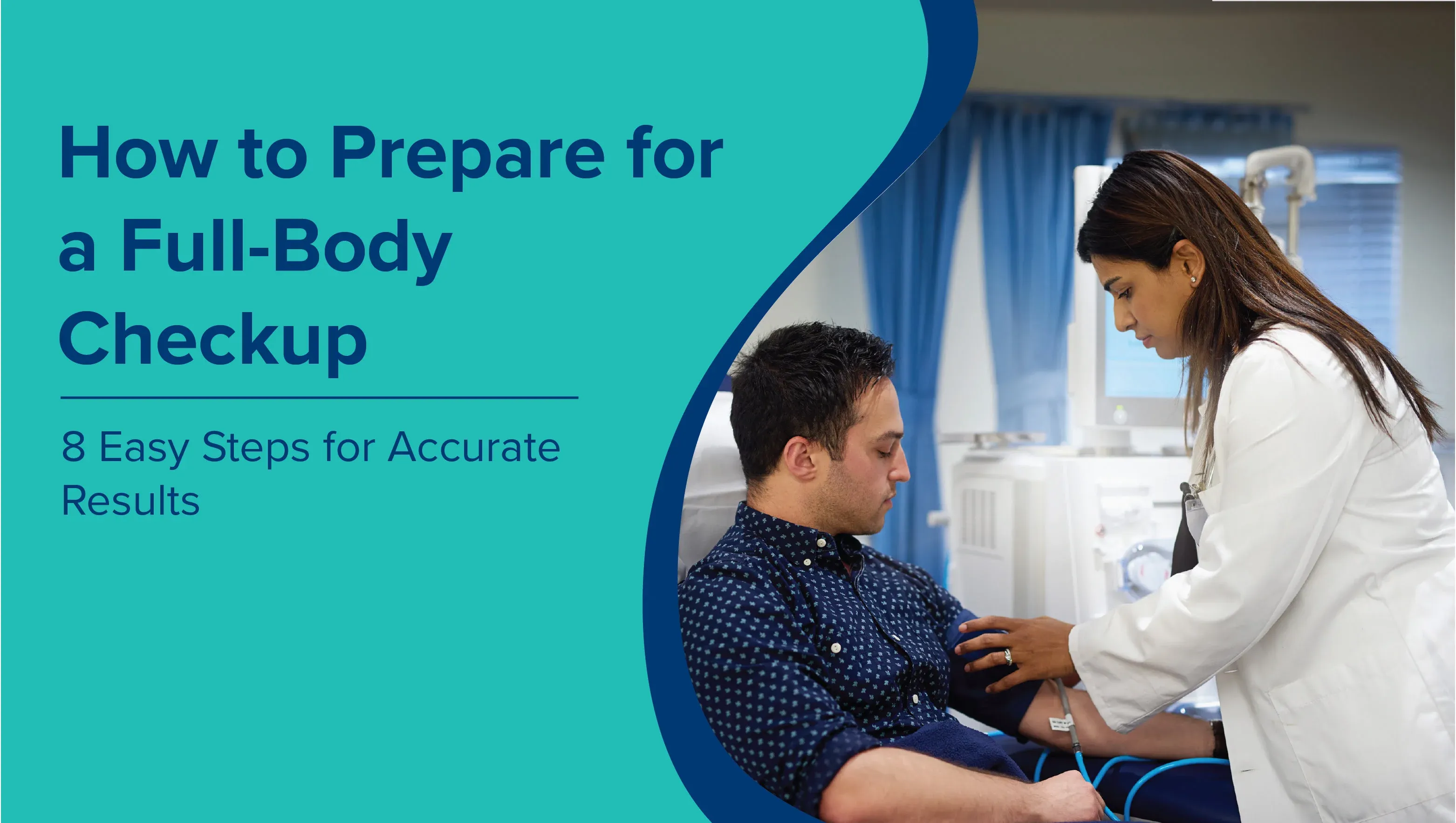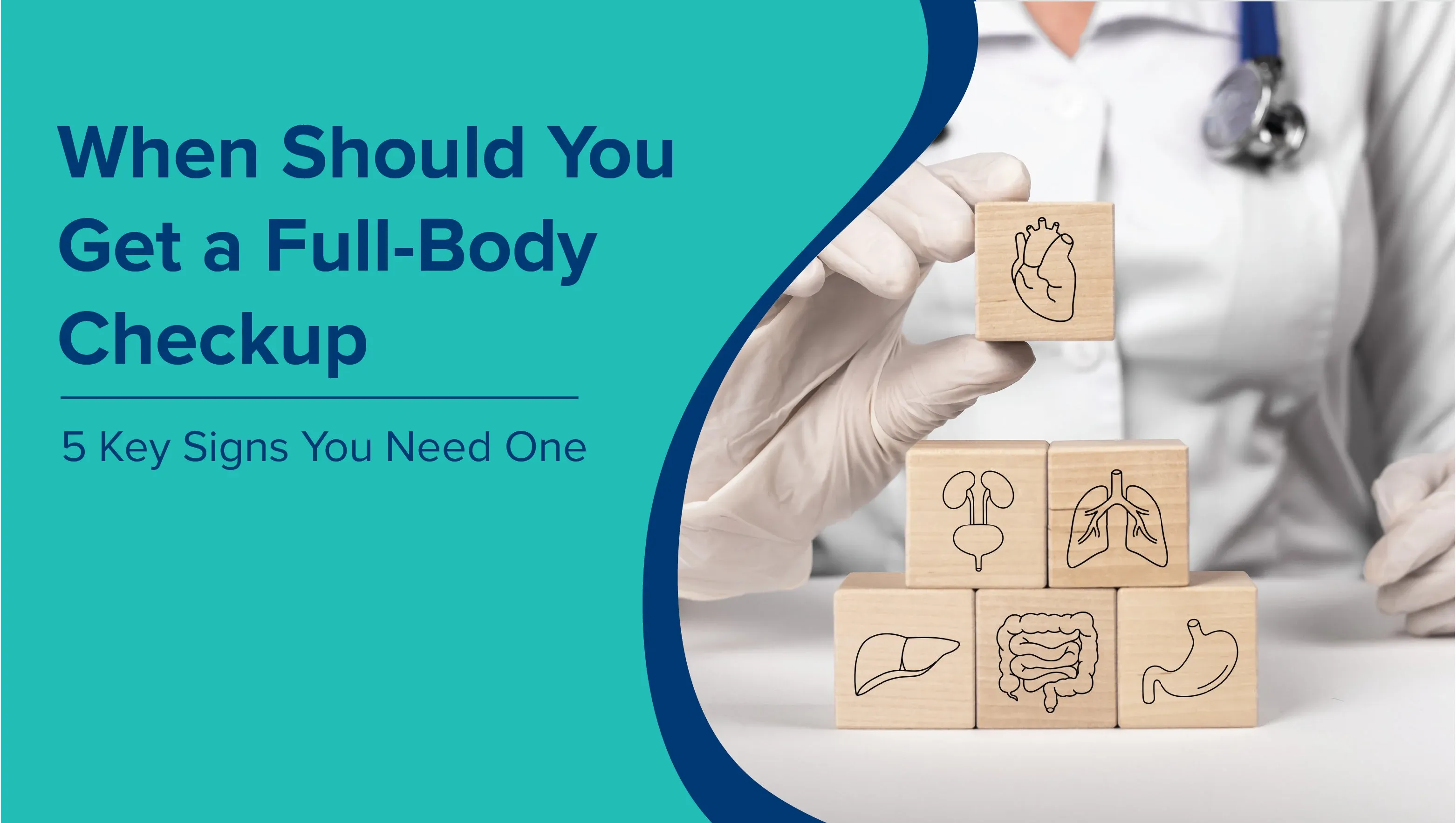Lower abdominal pain is a common health issue that may result from a variety of causes, ranging from mild muscle strain to complex digestive or reproductive conditions. Characterised by a sharp, dull, cramping, or intermittent discomfort, lower abdominal pain can be linked to temporary conditions or chronic health concerns. Whether the pain is caused by simple muscle spasms or deeper internal problems, recognising the underlying cause is essential for effective treatment and relief. In this guide, we have discussed the possible causes, symptoms, diagnosis, and treatment options for lower abdominal pain.
Common Causes of Lower Abdominal Pain
Lower abdominal pain can result from a wide range of digestive, urinary, reproductive, and muscular issues. Understanding these causes helps identify the source of discomfort and guides proper treatment.
-
Food Allergy or Intolerance: Reactions to certain foods, such as lactose or gluten, may trigger bloating, cramps, and pain in the lower abdomen.
-
Small Intestine Issues: Conditions such as infections, Crohn’s disease, or intestinal obstruction can cause persistent or severe lower abdominal pain.
-
Colon-Related Conditions: Irritable bowel syndrome (IBS), constipation, or colitis often lead to cramping and discomfort in the lower stomach area.
-
Appendix Inflammation: Appendicitis typically starts with pain near the belly button that moves to the lower right abdomen and may worsen quickly.
-
Gynaecological Causes (Ovaries, Uterus): For women, ovarian cysts, endometriosis, and menstrual cramps are common reasons for lower abdominal pain.
-
Urinary Tract (Ureters, Bladder): Urinary tract infections (UTIs) and kidney stones can lead to sharp pain, burning sensations, and discomfort in the lower abdomen.
-
Peritoneum-Related Conditions: Inflammation of the peritoneum, which lines the abdominal cavity, can cause severe and widespread abdominal pain.
-
Muscle Strain and Tummy Tear: Overstretching or tearing of the abdominal muscles due to exercise or heavy lifting can lead to sharp pain and tenderness.
-
Digestive Causes: Gas, bloating, indigestion, and trapped wind can cause cramp-like sensations, especially after eating.
-
Muscular Causes: Overuse of abdominal muscles, sudden twisting movements, or poor posture may result in abdominal muscle spasms and cramps.
Symptoms of Abdominal Muscle Spasms and Cramps
Abdominal muscle spasms and cramps can cause varying degrees of discomfort. Recognising the typical symptoms helps differentiate them from other sources of lower abdominal pain.
-
Sharp or Dull Pain: The pain may be sudden and intense or present as a persistent, mild ache.
-
Muscle Tightness: The affected area often feels tight or knotted, especially after physical activity or strain.
-
Cramping and Bloating: In some cases, cramps are accompanied by a bloated or swollen sensation in the abdomen.
-
Tenderness to Touch: The abdominal muscles may feel sore or sensitive when pressed or moved.
These symptoms are usually linked to physical exertion or muscle overuse but can also occur due to other underlying factors.
How Lower Abdominal Pain Differs in Men and Women
The causes and presentation of lower abdominal pain can differ between men and women due to anatomical and hormonal factors. While many conditions are common to both, some are sex-specific.
-
In Women: Lower abdominal pain is often linked to reproductive health issues such as menstrual cramps (dysmenorrhoea), ovarian cysts, endometriosis, pelvic inflammatory disease, or complications during pregnancy. These causes may lead to cyclical pain or discomfort that varies with the menstrual cycle.
-
In Men: Prostate-related issues, such as prostatitis or other urological conditions, can contribute to lower abdominal or pelvic pain. Hernias and testicular problems may also radiate pain to the lower abdomen.
Risk Factors for Abdominal Muscle Spasms
Certain factors can increase the likelihood of experiencing abdominal muscle spasms and cramps. Being aware of these can help with prevention and early management.
-
Dehydration: Inadequate fluid intake can lead to muscle cramps, especially during or after exercise.
-
Electrolyte Imbalance: Low levels of essential minerals such as potassium, calcium, and magnesium may trigger muscle spasms.
-
Overuse or Strain: Intense physical activity, especially exercises targeting the core, can overstretch or fatigue abdominal muscles.
-
Poor Posture: Maintaining incorrect posture for extended periods can put unnecessary strain on the abdominal muscles.
-
Underlying Medical Conditions: Conditions such as nerve disorders, infections, or gastrointestinal illnesses can sometimes cause abdominal muscle spasms.
-
Sedentary Lifestyle: Lack of regular movement can weaken the abdominal muscles, making them more prone to cramps and spasms.
Diagnosing the Cause of Abdominal Pain
Accurate diagnosis is essential to determine the cause of lower abdominal pain and guide effective treatment. Doctors typically use a combination of clinical evaluation and diagnostic tests.
-
Physical Examination: The doctor will check for areas of tenderness, swelling, or muscle tightness and may ask about recent physical activity, diet, and other symptoms.
-
Imaging Tests (Ultrasound, CT Scan): These tests provide detailed images of the abdominal organs and muscles, helping identify issues such as appendicitis, cysts, or muscle tears.
-
Blood Tests: Blood work can detect signs of infection, inflammation, or electrolyte imbalances that may contribute to cramps and spasms.
-
Urine and Stool Tests: These tests help rule out infections, digestive disorders, or bleeding in the gastrointestinal tract.
Treatment Options for Muscle Spasms and Abdominal Cramps
Treatment for abdominal muscle spasms and cramps focuses on relieving discomfort and addressing the underlying cause. Depending on the severity and trigger, various approaches may be recommended.
-
Over-the-Counter Pain Relief: Non-prescription medications such as paracetamol or ibuprofen can help reduce pain and inflammation.
-
Heat Therapy: Applying a warm compress or heating pad to the affected area relaxes tight muscles and eases cramping.
-
Gentle Stretching and Exercise: Light stretching exercises targeting the abdominal muscles can improve flexibility and reduce the risk of further spasms.
-
Hydration and Electrolyte Balance: Drinking plenty of fluids and replenishing lost electrolytes, especially after exercise, helps prevent and relieve cramps.
-
Physical Therapy: For recurring or severe cases, guided physical therapy may be advised to strengthen abdominal muscles and improve posture.
When to See a Doctor
While most cases of lower abdominal pain caused by muscle spasms or minor digestive issues resolve on their own, some symptoms may indicate a more serious underlying condition that requires medical attention. Seek prompt medical care if the pain is:
-
Persistent or Severe: Pain that does not improve with rest or over-the-counter remedies, or that worsens over time.
-
Accompanied by Fever or Vomiting: These symptoms may suggest an infection or inflammation that needs medical evaluation.
-
Associated with Blood in Stool or Urine: This could be a sign of gastrointestinal or urinary tract problems requiring immediate investigation.
-
Sudden and Intense: A sudden onset of severe pain may signal conditions such as appendicitis, kidney stones, or a hernia.
Preventing Abdominal Muscle Cramps and Spasms
Simple preventive measures can help reduce the risk of developing abdominal muscle cramps and spasms, especially for those who are physically active or prone to digestive issues.
-
Staying Hydrated: Drinking enough water throughout the day keeps muscles hydrated and supports smooth function.
-
Eating a Balanced Diet: Consuming a diet rich in essential minerals such as potassium, magnesium, and calcium helps maintain muscle health.
-
Regular Physical Activity: Engaging in routine exercise strengthens the abdominal muscles and improves flexibility.
-
Maintaining Good Posture: Proper posture reduces unnecessary strain on the core muscles, especially during exercise or long periods of sitting.
-
Avoiding Sudden Overexertion: Gradually increasing the intensity of workouts and warming up before exercise can prevent muscle injuries.
Why Choose MaxAtHome for Abdominal Pain Care
MaxAtHome offers reliable and convenient healthcare services designed to bring expert care directly to the comfort of home. Whether abdominal pain requires diagnostic testing, physiotherapy, or medical consultation, MaxAtHome ensures a smooth and stress-free experience through:
-
Home Sample Collection: Easy and hygienic sample collection at home for relevant diagnostic tests.
-
Accurate Diagnostics: Trusted lab results with strict quality controls for precise diagnosis.
-
Expert Care: Skilled physiotherapists and doctors with experience in managing abdominal muscle spasms and related conditions.
-
Digital Reports: Quick access to test results and medical advice through secure online platforms.
-
Convenience and Trust: A hassle-free process designed to provide timely care without the need to visit a clinic or hospital.
Managing lower abdominal pain effectively starts with the right care. Book your consultation, physiotherapy session, or diagnostic test today through MaxAtHome’s easy-to-use online platform, or call 09240299624 to speak with a care advisor and get expert help at your doorstep.
Frequently Asked Questions
Q: What causes muscle spasms in the lower abdomen?
Muscle spasms in the lower abdomen are often caused by overuse of abdominal muscles, dehydration, poor posture, or underlying conditions such as irritable bowel syndrome or gastrointestinal infections.
Q: Which type of therapy is most effective for stress-related abdominal discomfort?
Relaxation techniques, physical therapy, and guided stretching exercises are effective in managing stress-related abdominal discomfort. In some cases, cognitive behavioural therapy (CBT) may also help.
Q: How do I know if my abdominal pain is serious?
Abdominal pain may be serious if it is severe, persistent, or accompanied by symptoms such as fever, vomiting, blood in stool or urine, or sudden sharp pain. Medical evaluation is recommended in such cases.
Q: Can gas cause sharp pain in the lower abdomen?
Yes, trapped gas or bloating can cause sharp, cramp-like pains in the lower abdomen, which usually resolve on their own or with gentle movement.
Q: What is the difference between cramps and muscle spasms?
Muscle spasms are sudden, involuntary muscle contractions, while cramps often refer to prolonged or repetitive spasms that cause significant discomfort.
Q: Is lower abdominal pain a sign of something serious?
While many cases are mild and linked to digestive or muscular issues, lower abdominal pain can sometimes indicate serious conditions such as appendicitis, kidney stones, or gynaecological problems.
Q: Can dehydration cause abdominal cramps?
Yes, dehydration can lead to an imbalance of electrolytes, increasing the likelihood of muscle cramps, including in the abdominal area.
Q: How can I treat muscle spasms in the abdomen at home?
Home care includes resting, applying heat, staying hydrated, and gently stretching the abdominal muscles to relieve spasms.
Q: Are abdominal muscle spasms related to exercise?
Yes, overexertion during exercises that engage the core can cause abdominal muscle spasms, especially if proper warm-up or technique is not followed.
Q: What foods can trigger lower abdominal pain?
Foods that may trigger discomfort include high-fat meals, spicy foods, dairy (in lactose-intolerant individuals), and gas-producing foods such as beans and cruciferous vegetables.
Q: When should I seek medical help for stomach cramps?
Medical help is needed if cramps are severe, last longer than a few days, or are accompanied by symptoms such as fever, persistent vomiting, or blood in the stool.
Q: Are there exercises to relieve abdominal tightness?
Gentle stretching exercises, yoga poses such as the child's pose or cat-cow stretch, and breathing exercises can help relieve abdominal tightness.
Q: Can constipation cause cramping and spasms?
Yes, constipation can lead to straining and cause cramping or spasms in the lower abdomen due to the buildup of stool.
Q: How long do abdominal muscle cramps last?
Most abdominal muscle cramps are short-lived, lasting a few seconds to a few minutes, but some may persist for longer if the underlying cause is not addressed.
Q: Is abdominal pain common during menstruation?
Yes, menstrual cramps are a common cause of lower abdominal pain in women and typically occur before or during menstruation.
Q: What are common treatments for muscle-related abdominal pain?
Treatments include rest, heat therapy, over-the-counter pain relief, hydration, and, in some cases, physical therapy to strengthen the abdominal muscles.















